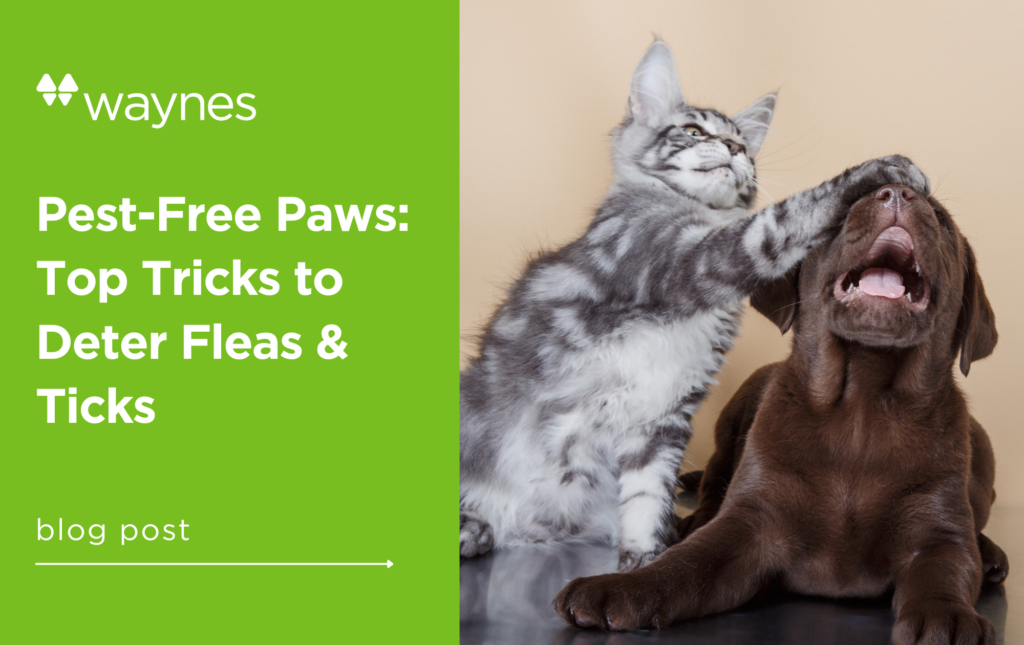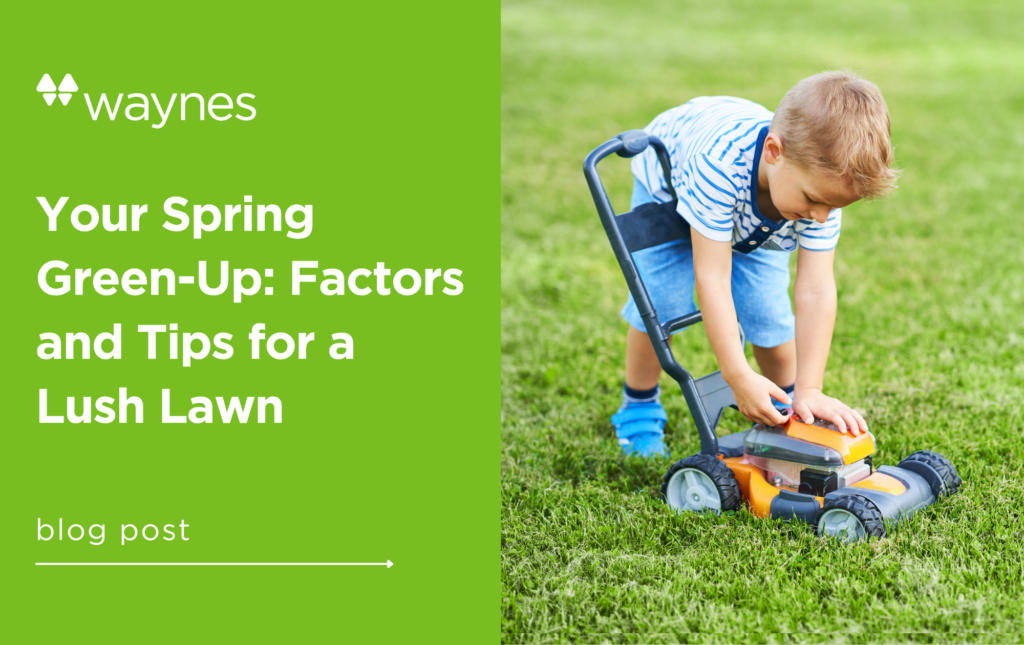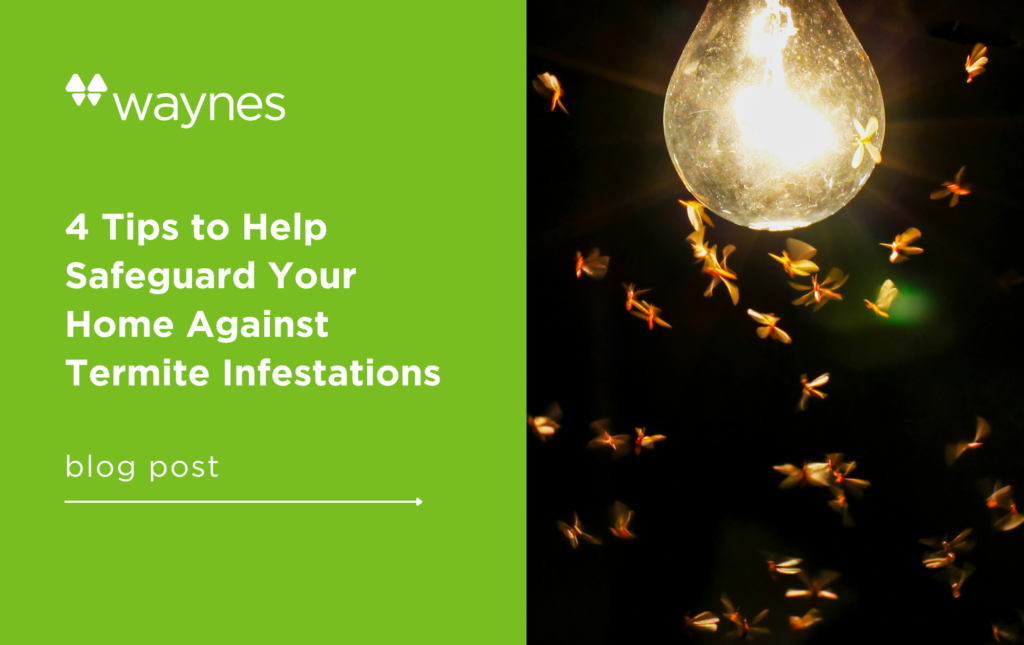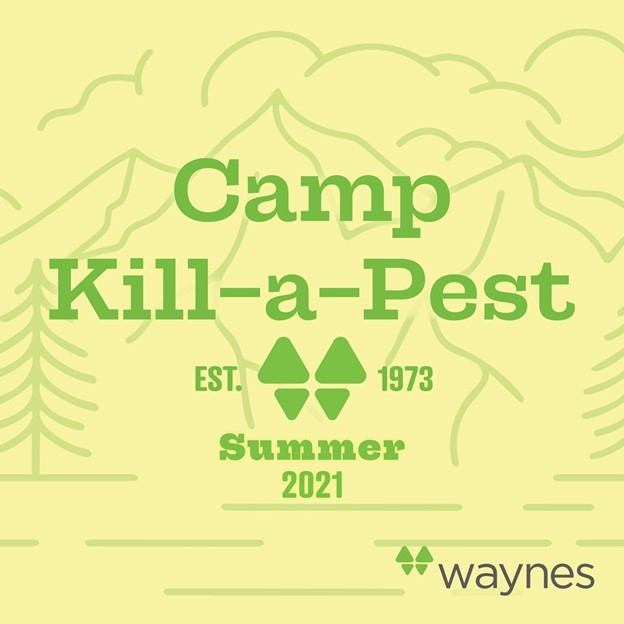Our #1 priority is to keep you, your family, and your pets safe as we deliver a World Class service experience. To deliver on that promise, it’s important that you, your family, and your pets not re-enter the treated area until the product is dry to the touch. This is usually 1-2 hours depending on conditions.
For added convenience, check out our Lawn Management Calendar below for monthly suggestions to help keep your lawn lush, green, and healthy.
Mowing Recommendations
- Do not mow your lawn until the treatment has been watered in (see Watering Recommendations below). A percentage of the product will remain on the leaf and stem tissue of the weeds until it is watered in. Mowing can remove this herbicide and reduce its ability to control weeds.
- Do not remove more than 1/3” of height at a time.
- Follow the mowing height monthly recommendations by grass type.
Warm Season Mowing Explanation
Sometime between Valentine’s Day and St. Patrick’s Day you need to scalp your lawn as low as you can and bag the clippings. Hopefully, this is the lowest setting on your mower. Raise your mower one click and mow every 10-14 days until Mother’s Day. Next, raise one more click and mow every 5-7 days until July 4th. Raise one more click and stay on the 5-7 day schedule through Labor Day. Sometime around Columbus Day you can raise one more level and begin to back off to the 10-14 day schedule through Halloween till the first frost.
Cool Season Mowing Explanation
From Mother’s day to Halloween or until the first frost our height should be at 4” which would be the highest setting for most non-commercial mowers. Mowing higher helps our cool-season turf fight off weed competition and since root depth is proportional to h.o.c then we also benefit with a little more drought tolerance. Always return clippings (grasscycling) and mow often enough to only remove about 1/3 of the leaf blade (every 7-10 days)
After Halloween or until the first frost our seedlings are up and established from overseeding, we can lower our decks to 3” (about the number 4 setting) for the winter. Continue grasscycling and following the 1/3 rule. Your frequency may back off to even every two weeks during the cold part of winter and remember not to mow or even walk on grass that is still frost-covered due to the potential for damage.
Around Easter nature begins to wake up and start growing. We should raise our mowing height to 3.5” (about the number 5 setting). This will allow our turf to begin to reach its summertime height and thicken up. Follow the 1/3 rule and this may mean mowing every 5-7 days during the spring flush for a few weeks. Bagging will not be necessary either unless we get behind on our cutting. If that happens it would be better to bag versus leaving piles of clippings around the yard.
Watering Recommendations
- Water in the treatment with ½” to ¾” of rainfall or irrigation within 2 – 3 days of the treatment. If you are currently underwater restrictions, you may wait as long as 5 – 7 days before watering in the treatment. Minor discoloration to the lawn from weed treatments may occur in drought conditions but typically will recover once water is applied.
- Watering should be at least 1 inch per week during periods of no rainfall – especially during the growing season.
- Watering should be done in the early morning hours to minimize the possibility of disease outbreaks.
Aeration Recommendations
For warm-season grasses, core aeration should be performed in May – July.
Overseeding Recommendations
Overseeding warm-season grasses like Bermuda, Zoysia, Centipede, and St. Augustine with ryegrass is NOT recommended. This can cause significant thinning of turf in residential lawns. Overseeding cool-season grasses (i.e. Fescue) is recommended in September – early October. Fescue seed can be applied every fall by your Waynes Lawn Professional to maintain a dense lawn. Seeding should be done at a minimum every other year and should be preceded by core aeration to ensure good germination.












